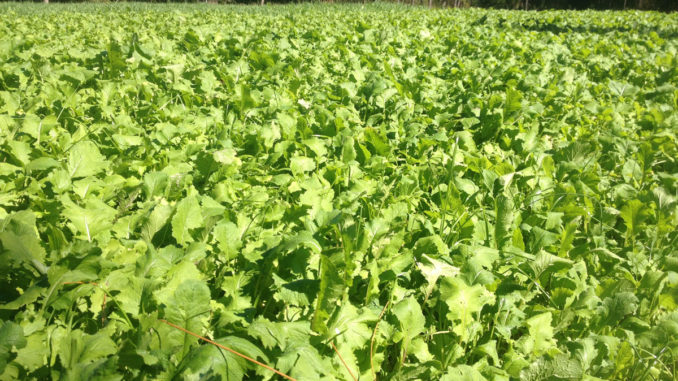
By December, popular deer stands and other heavily hunted areas have been abused to the point where the deer only use them nocturnally, which doesn’t help hunters fill a late-season tag. For the best opportunity, hunters should consider shifting to an alternative stand site that hasn’t been hunted and that has an abundant food source.
Of course, finding a rich food source in an area that hasn’t been hunted is usually tough unless hunters plan for one before the season begins. The late season is also a perfect time to start supplemental feeding around a new stand site where the deer haven’t been pressured.
New stand sites don’t necessarily need to be that far away from existing ones, but they need to be in an area where deer can feel safe. New stand sites with supplemental feeding should be close to heavy cover and bedding areas. While heavy cover and limited visibility isn’t always an enjoyable combination to hunt, it’s the place to kill a mature buck in December.
A variety of supplemental feeding materials exists, but corn is a no-brainer. The air temperature and heavy usage will prevent any complications that corn can sometimes have. Deer will find corn quickly and will have very little issue with turning to it. Sweet potatoes, peanuts, soybeans or any other high-energy product can also attract deer. These supplemental feeds should be placed in high volumes so that human intervention remains limited. With only a few weeks left, there is no time for mistakes.
While hunters may hope for a mature buck to show up to replenish fat reserves lost from the rut, these feeding sites will bring in lots of does. Any if does haven’t successfully bred, bucks will gladly step in to finish the job.




Be the first to comment